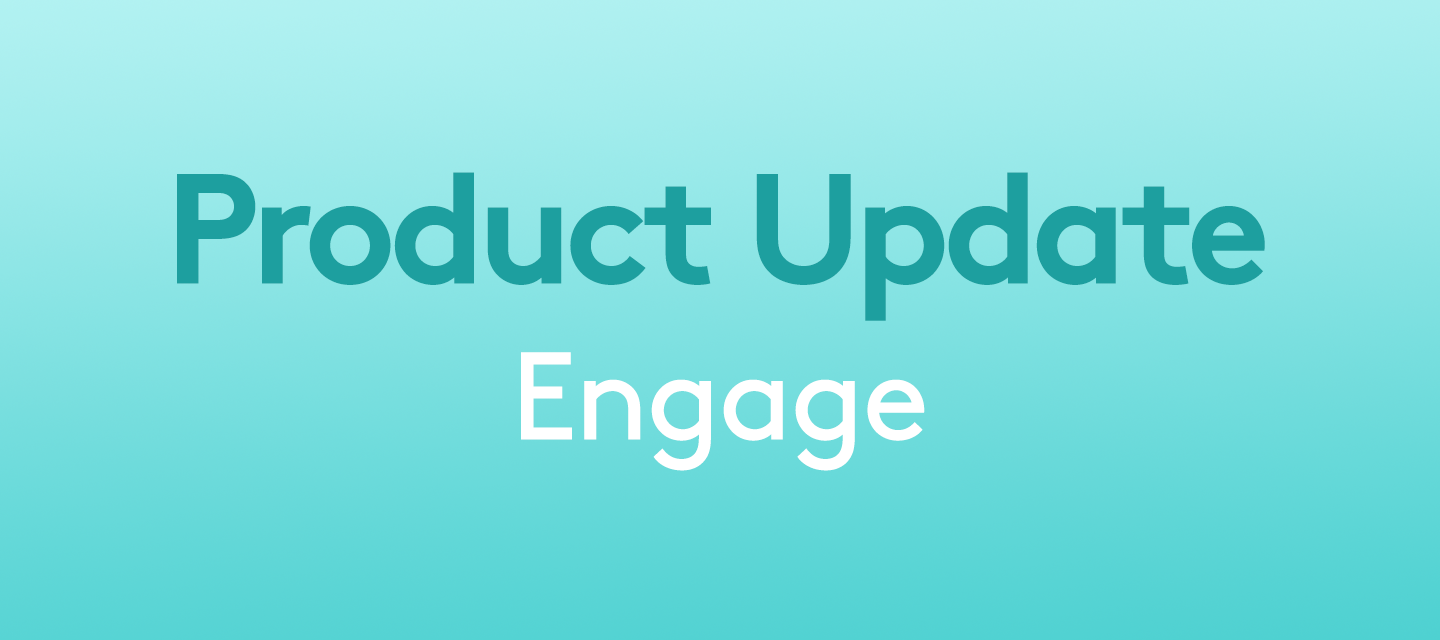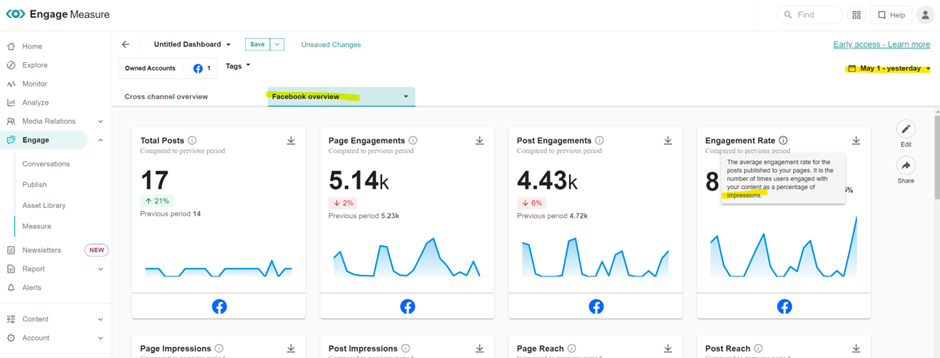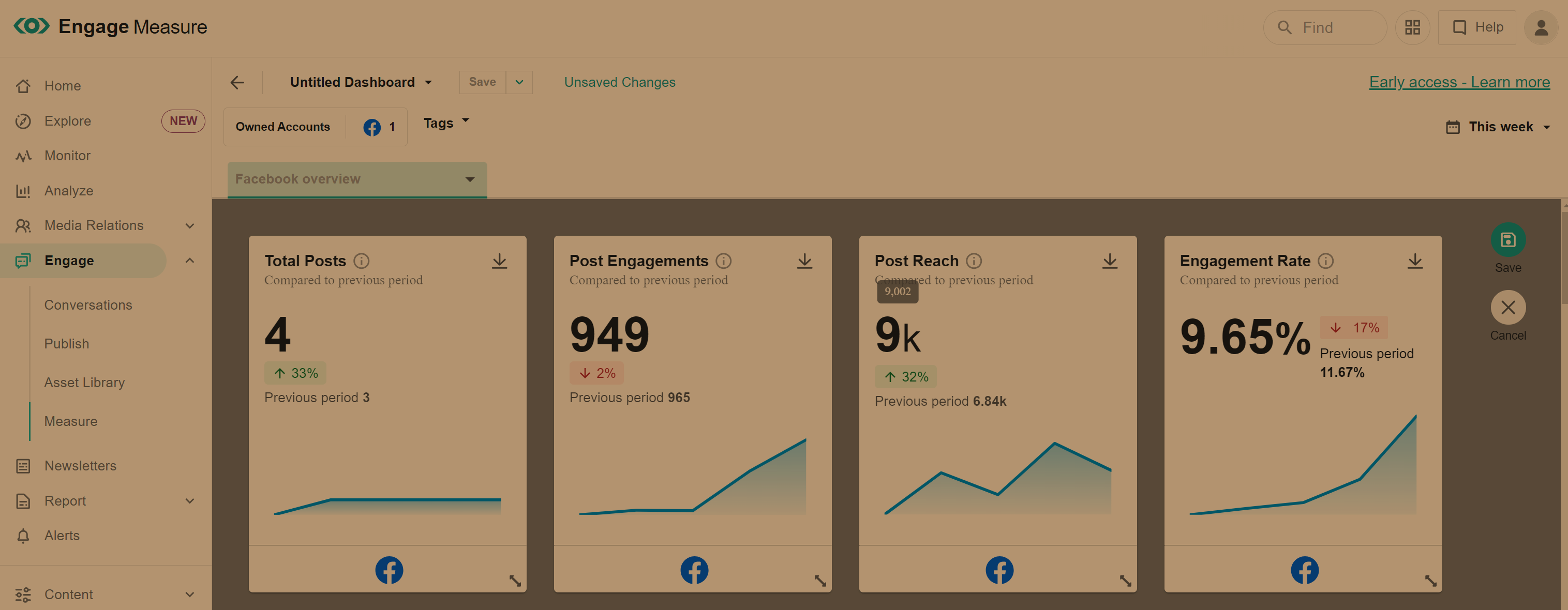Exciting news from the digital frontiers: Meta is making changes to their Facebook metrics in its native reporting and API! March 2024 marks the debut of some key changes in the way we analyze our social media success. If you're keen to dive deeper, grab a cup of your favorite beverage and explore their original announcement.
Now, let's chat about what this means for Engage.
The deprecation only impacts three metrics in Engage:
- ‘Page fans by gender and age’ has become ‘Impressions by age and gender’
- ‘Page fans by gender and age’ provided the demographics of people following your page. It is being replaced by the new ‘Impressions by age and gender’ metric.
- ‘Impressions by age and gender’ will now provide the demographics of people viewing your posts.
- You can expect ‘Impressions by age and gender’ to be a smaller number compared to ‘Page fans by gender and age.’ Though smaller, we believe this metric will be more insightful and dynamic as it looks at the people consuming your content. By comparison, the demographic of Page followers are not likely to change significantly over time.
- The updated metric will impact the Facebook Overview templates (both legacy and in Measure).
- ‘Page-engaged users’ has become ‘Post-engaged users’
- ‘Page-engaged users’ provided engagement activity at the Page level for a given time frame.
- The new ‘Post-engaged users’ provides engagement activity at the post level for all posts published within a given time frame.
- What’s the key difference? There’s nuance here. ‘Page-engaged users’ did not consider the publish date of posts. So, for example, let’s say your time frame is the past 7 days. If a post published 12 months ago received engagement in the past 7 days, the ‘Page-engaged users’ metric would capture it. Differently, ‘Post-engaged users’ only captures activity from posts published within the past 7 days.
- The updated metric will impact the Facebook Overview templates (both legacy and in Measure).
- Engagement rate has been recalculated
- Facebook recently recalculated the engagement rate in its native reporting. Previously, it was calculated by dividing total engagement by post-engaged users. Now, It calculates it by dividing total engagements by reach.
- We have recalculated our engagement rate to match Facebook’s new formula (total engagements divided by reach). The change will drive greater consistency between the reporting you do across native and in Engage.
- The updated calculation will impact the Cross-Channel Overview and Facebook Overview templates (both legacy and in Measure).
The changes went into effect on March 21, 2024, and only impact data from March 21, 2024 onward.
Historical Data Updates
But wait, there's more!
We will now store historical data across Conversations, Publish, and Measure for as long as you are a customer. Previously, on average, we stored and surfaced data for no longer than 15 months. *This will continue to be 15 months for X/Twitter replies and mentions.
Going beyond 15 months of data will help you in a number of ways. You’ll be able to run reports looking at your performance over multiple years, revisit an old thread with a loyal fan, or view analytics of your best-performing posts from years past.








 I didn’t know this either, so we both learned something
I didn’t know this either, so we both learned something 